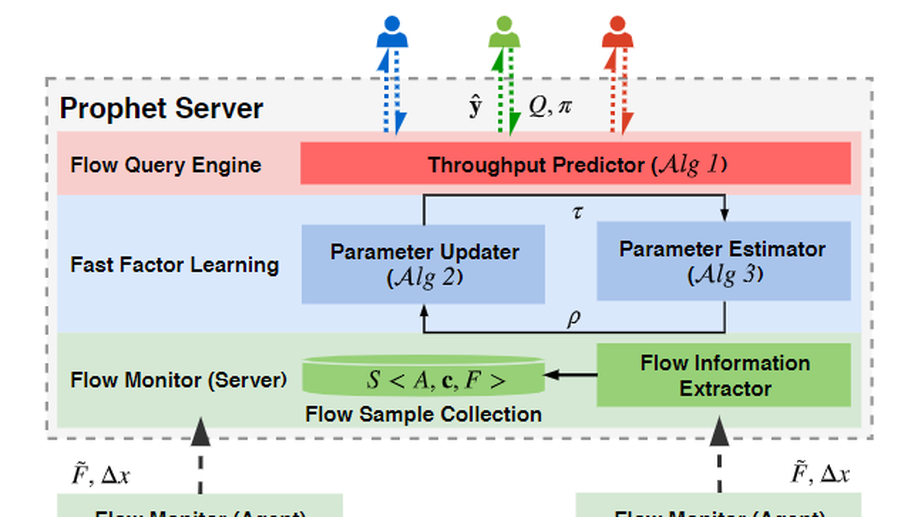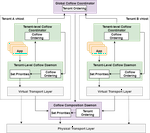Jingxuan (Jensen) Zhang
Ph.D. Candidate & Visiting Researcher in Computer Science
Tongji University
Yale University
Hacking & Researching
Love mathematics and logic, especially algebra.
Love Free Software. I’m a very fan of RMS.
DIY drone and flight controller.
Bicycling and playing harmonica.
Interests
- Network-App Integration
- Data Analytics
- Machine Learning
Education
-
Ph.D. in Computer Science, 2017 - Present
Tongji University
-
Visiting Assistant in Research in Computer Science, 2018 - 2020
Yale University
-
B.Sc., M.Sc. in Computer Science, 2012 - 2017
Tongji University
-
B.Sc. in Mathematics, 2011
Tongji University




